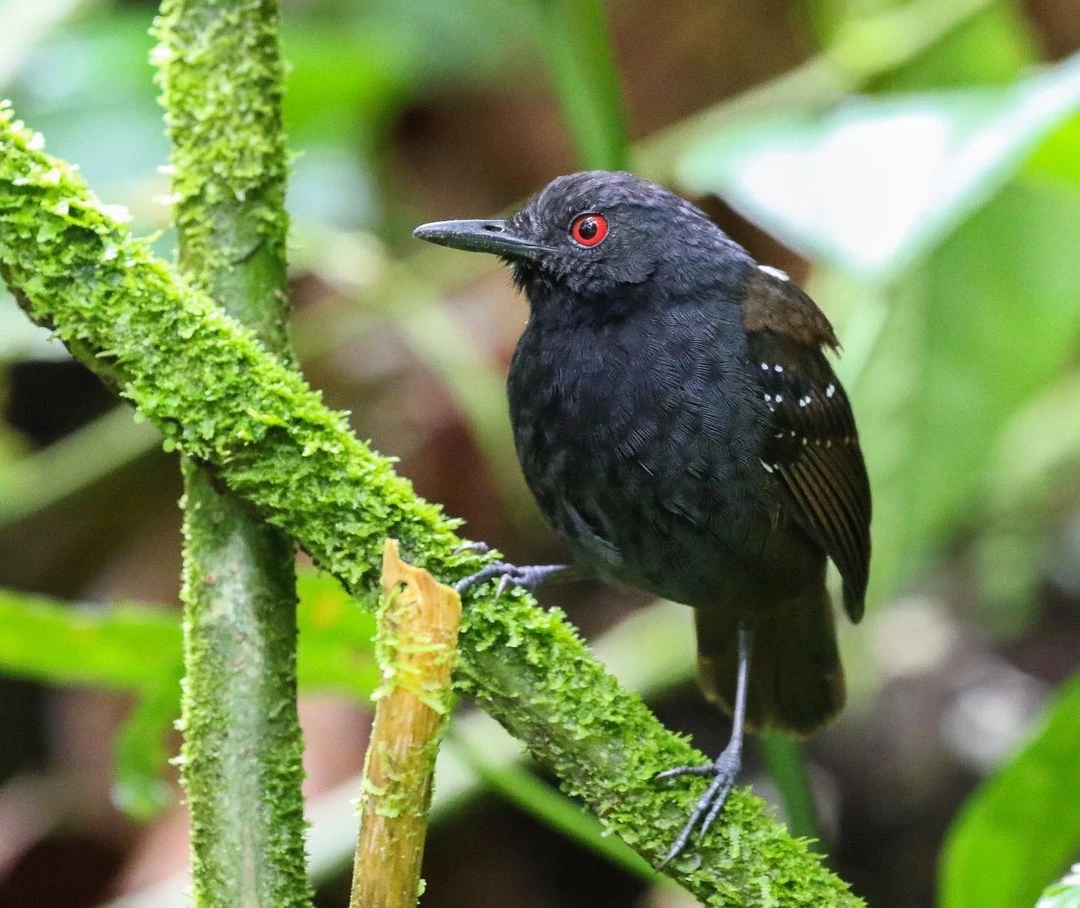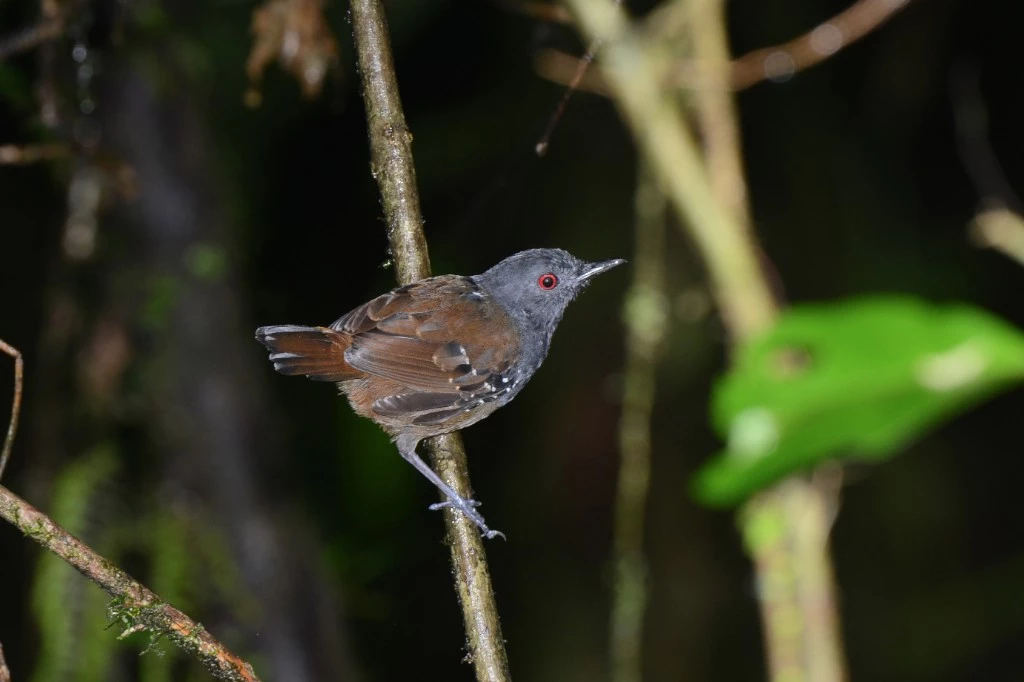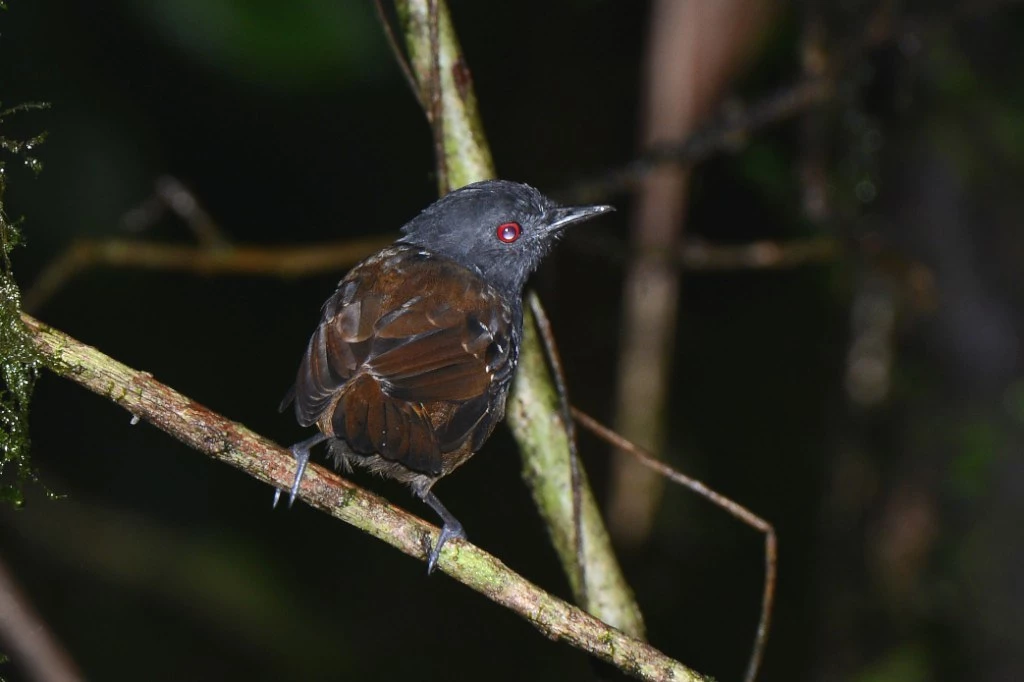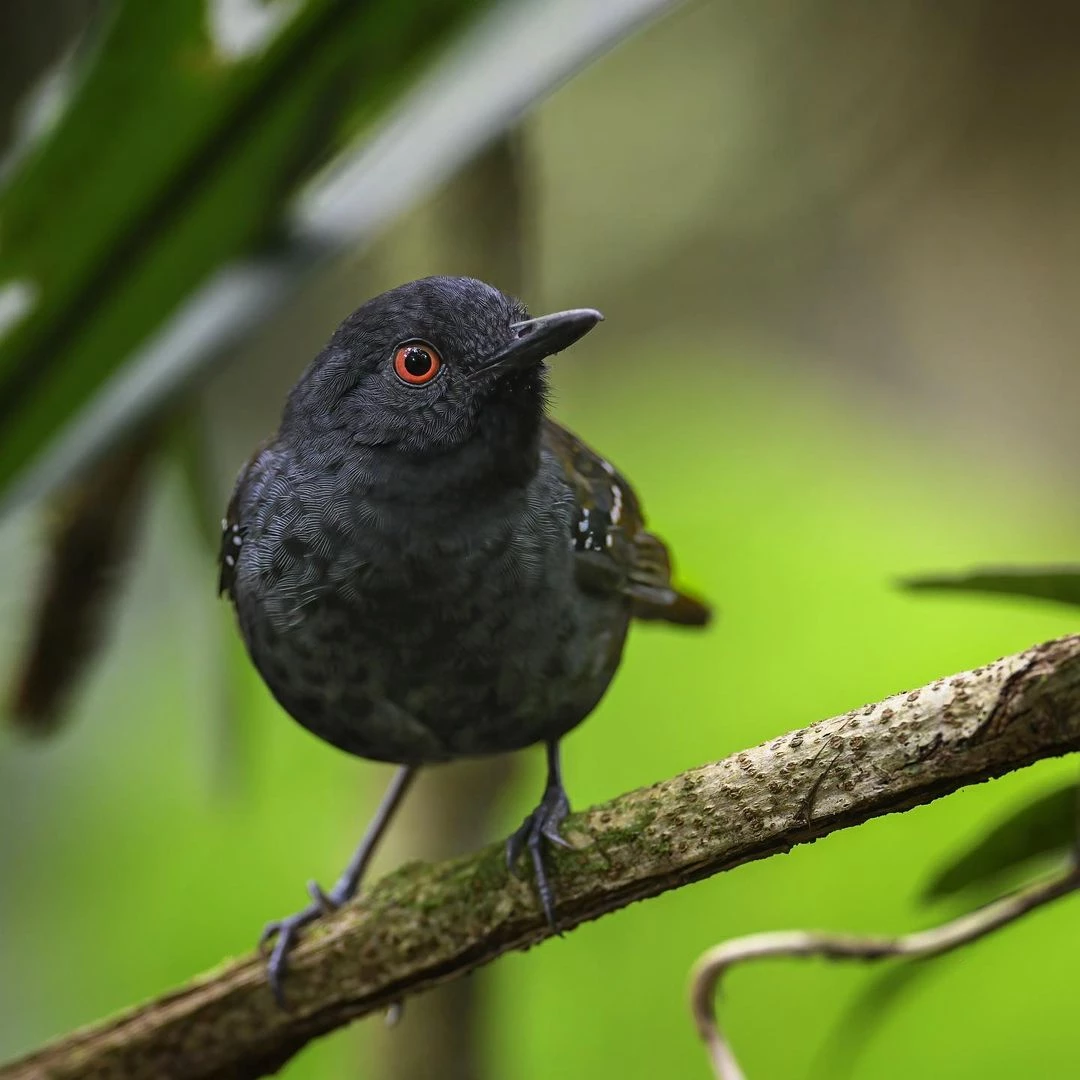Meet Amazing Dull-Mantled Ant Bird, The World Nature's Hidden Gem
Deep within the lush rainforests, there's a special bird called the Dull-Mantled Ant Bird. It may not look flashy, but it's full of fascinating secrets. This bird is truly remarkable, from its unique behaviors to its important role in the ecosystem. Join us to explore the wonderful characteristics of this hidden gem and learn more about the fantastic world of this flying creature.
 Source: carlossanchez933
Source: carlossanchez933
 Source: jason_tiesman_birdphotography
Source: jason_tiesman_birdphotography
 Source: steve.keightley
Source: steve.keightley
 Source: steve.keightley
Source: steve.keightley
 Source: jason_tiesman_birdphotography
Source: jason_tiesman_birdphotography
Advertisement
The dull-mantled antbird is part of a group of species whose heads are uniformly gray, typically dark or even blackish.
 Source: carlossanchez933
Source: carlossanchez933
The dull-mantled antbird is about 24g in weight and measures 13–14cm in length. These birds appear to be primarily blackish gray in the front and dark reddish brown in the back, with a white spot on a black wing patch where the two primary colors meet. However, the birds might appear all-black in the dark forest understory, with only the white spotting standing out.
Advertisement
The species' loudsong is a rapid series of eight notes per 1.8 seconds that are each short but distinct.
 Source: jason_tiesman_birdphotography
Source: jason_tiesman_birdphotography
The first three male loudsongs are flat or slightly upslurred, while the last five are downslurred. The female loudsongs begin to sound like the male loudsongs, only raspier; the second part, however, consists of 2-4 short notes that gradually get deeper and quieter. In mated couples, the male frequently leads the song before the female joins in right after.
Advertisement
Tropical moist lowland forests are its natural habitat.
 Source: steve.keightley
Source: steve.keightley
Their territory is typically between 300 and 750 meters above sea level (ASL), but on rare occasions, it can reach 1,500 meters. These birds can be found on the forest floor and in the understory. And it is more common in areas with a lot of herbaceous undergrowth, such as the slopes next to streams, deep, damp ravines in the foothills, and other such locations.
Advertisement
The diet of the dull-mantled antbird is composed of insects and other arthropods.
 Source: steve.keightley
Source: steve.keightley
It moves close to the ground—typically no more than 10 cm above the forest floor—every now and then to feed, jumping up to a low branch to look around and then quickly descending again. These birds often feed alone, in pairs, or in small family groups. Their typical prey methods are gleaning and pecking it out of the vegetation after a short jump or flutter, or picking it up from between the leaf litter.
Advertisement
Almost nothing is known about its mating habits.
 Source: jason_tiesman_birdphotography
Source: jason_tiesman_birdphotography
The only nest that has been described is a simple, flimsy cup that was low in a pepper plant that was growing on a cliffside in Colombia in March. The two eggs had white exteriors and blunt ends that were speckled with cinnamon.
Hardly anything is known about the breeding habits of its relatives either; however, the available evidence points towards a prolonged breeding season starting early in the year and lasting perhaps to June in northern South America, and maybe starting in spring and lasting to September or so further north.
Visit our Homepage right away for more enticing articles about birds if you adore this magnificent flying creature and want to learn about other incredible birds in the world.
Hardly anything is known about the breeding habits of its relatives either; however, the available evidence points towards a prolonged breeding season starting early in the year and lasting perhaps to June in northern South America, and maybe starting in spring and lasting to September or so further north.
Visit our Homepage right away for more enticing articles about birds if you adore this magnificent flying creature and want to learn about other incredible birds in the world.
Share this article
Advertisement